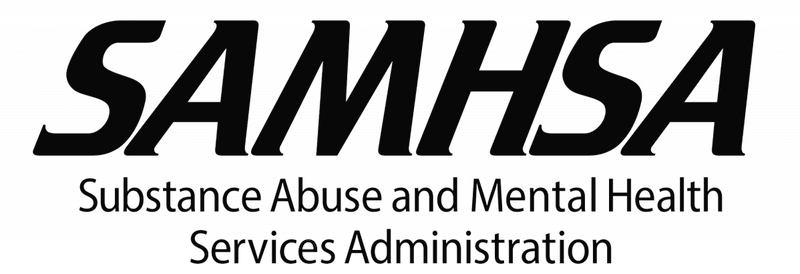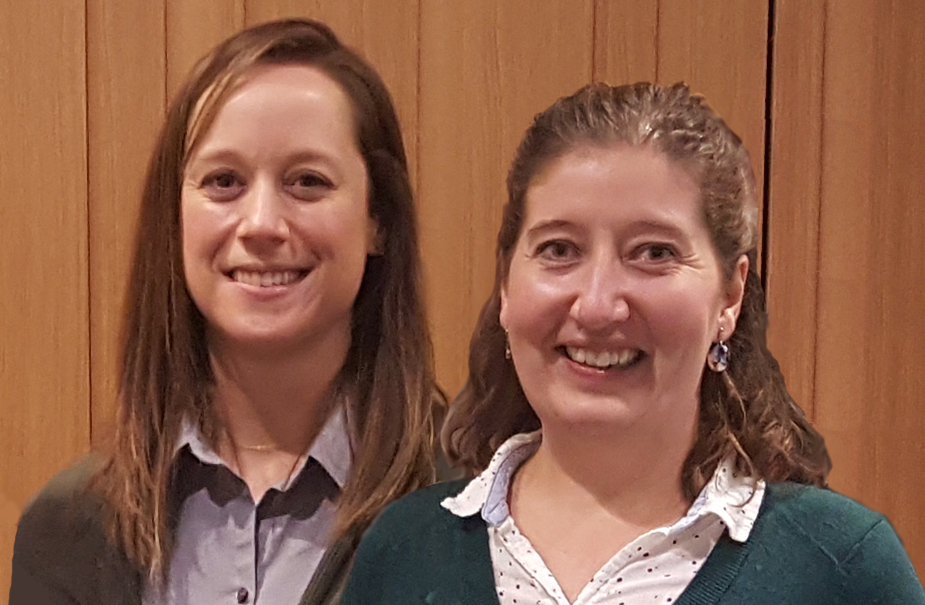Blog
03 Dec Funding Alert! Rural Broadband Access Grants and Loans
United States Department of Agriculture – Rural Development Is your organization or government agency seeking to improve broadband access in rural areas? Check out this great opportunity from the United States Department of Agriculture (USDA). The USDA recently announced at least $1.15 billion in loans and grants to enhance access to high-speed internet for rural residents through its ReConnect Program. ReConnect uses a variety of funding instruments (loans, grants and loan-grant combinations) to support construction costs, improvements, or facility and equipment acquisition needed to provide sufficient access to broadband service. This improved infrastructure and access will ultimately support long-term economic development in rural communities. Applications for this program are due February 22, 2022.20 Nov You Can Teach a “Seasoned” Grant Writer New Tricks by AGS Staff
Posted at 18:51h
in AGS Staff, Competency Four, Competency Nine, Narrative, Professional Development, Writing
I have worked in grants development for 26 years (boy, time flies when you are having fun!). Earlier this month, I had the opportunity to attend my very first Grant Professionals Association (GPA) annual conference. Many would ask, “Really, you are just now attending the GPA conference after so many years in this business?”
I am grateful to have joined the team at Assel Grant Services (AGS), where professional development and GPA involvement are high priorities. I started with AGS in late August, and one of my first assignments was to register for the GPA annual conference. There was no question about whether or not I would attend - it was a given that I would. And I am so glad I got this opportunity.
It turns out, as I learned from the conference, you CAN teach a “seasoned” grant writer new tricks – tricks that will not only improve their work, but will shift their thinking, make them a better grant writer, and because of some of the topics that were presented, will just make them a better person overall.
20 Nov Funding Alert! 2022 Family Planning Services Grants
Department of Health and Human Services – Office of Population Affairs Does your nonprofit organization provide family planning and related preventive health services? The Office of the Assistant Secretary for Health (OASH) recently opened its Title X Family Planning Services funding opportunity, which supports nonprofit entities that provide family planning services in communities throughout the United States. Title X services include a wide range of medically approved products and activities (described below) that assist individuals in preventing or achieving pregnancy. This program emphasizes a priority for serving persons from low-income households. Proposals for this opportunity are due January 11, 2022.13 Nov Two Perspectives on the National GPA Conference by Whitney Gray, GPC and Leah Hyman, GPC
Posted at 17:18h
in Competency Seven, Leah Hyman, Professional Development, Professionalism, Whitney Gray, GPC
Last week, I (Whitney) had the opportunity to attend the Grant Professionals Association’s national conference in Seattle, Washington. This is my 9th national GPA conference. I’m a GPC, a GPA Approved Trainer, and I’ve presented at multiple national GPA conferences on the topic of grantsmanship...
13 Nov Funding Alert! Rural Business Development Grants
United States Department of Agriculture – Rural Development Attention rural public entities and the organizations that support them! The United States Department of Agriculture (USDA) is now accepting proposals for its Rural Business Development Grants (RBDG) program. The overall goal of RBDG is to support economic development and job creation in rural areas. RBDG accomplishes this by funding technical assistance, training, and other activities targeted to small and emerging private businesses. RBDG applications are due February 28, 2022 to the applicant’s local or state USDA office.29 Oct Funding Alert! Farm to School Grants
United States Department of Agriculture – Food and Nutrition Services Attention schools, nonprofits, and state agencies working to improve student nutrition programs! The United States Department of Agriculture (USDA) recently opened its annual Farm to School funding opportunity through the Food and Nutrition Service (FNS) office. This grant program, in alignment with the Richard B. Russell National School Lunch Act, provides funding and technical assistance for creating and implementing farm to school programs that improve access to local foods. Eligible activities include training, supporting operations, planning, equipment purchases, developing school gardens, building partnerships, and implementation activities. Proposals for this program are due January 10, 2022.25 Oct Are You Wearing a Mask? By Julie Assel, GPC
Posted at 19:49h
in Competency Seven, Inspiration, Julie Assel, GPC, Professional Development, Professionalism
When I was a kid, I loved Halloween. I loved dressing up and pretending to be someone else - someone that was better, stronger, and more capable than I felt I would ever be.
Fast forward through the decades and I recognize there are times when I want to pretend to be someone else - someone who is better, stronger, and more capable than I sometimes feel. It wasn’t until a few years ago that I realized what I was feeling was imposter syndrome. During my tenure with the Grant Professionals Certification Institute board of directors, I started to see that many grant professionals feel the same way.










